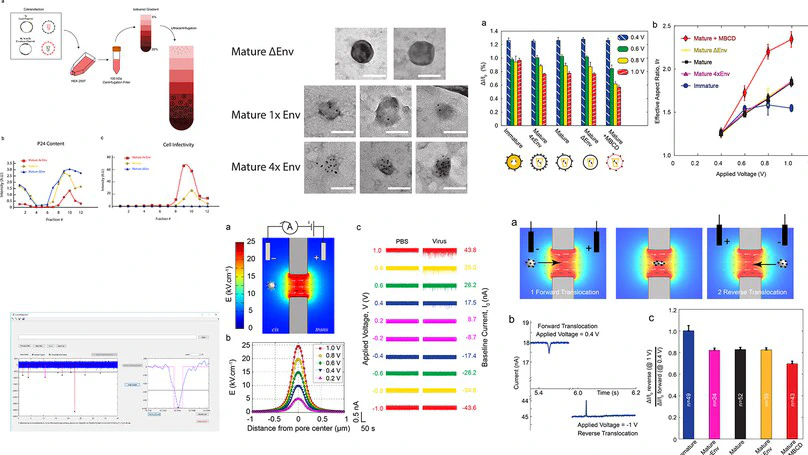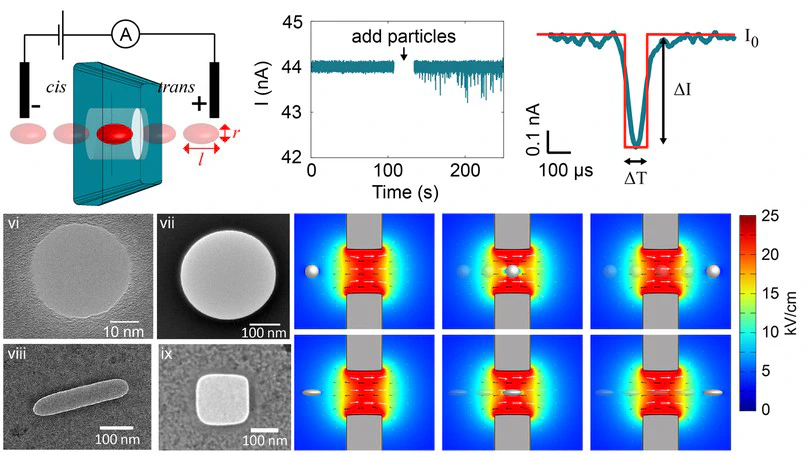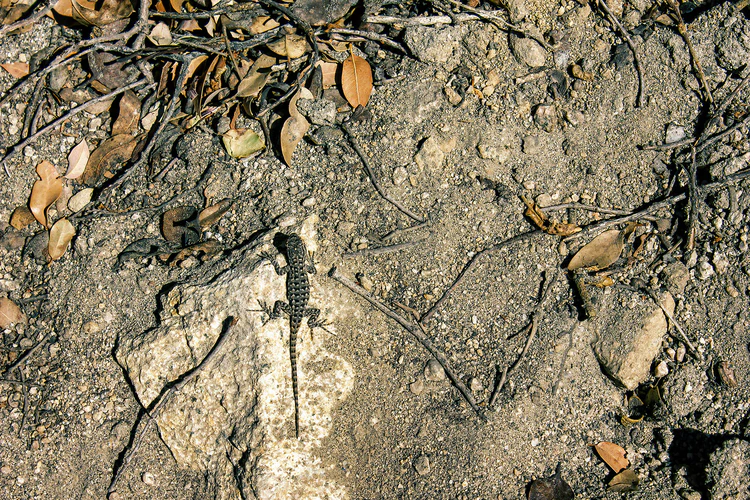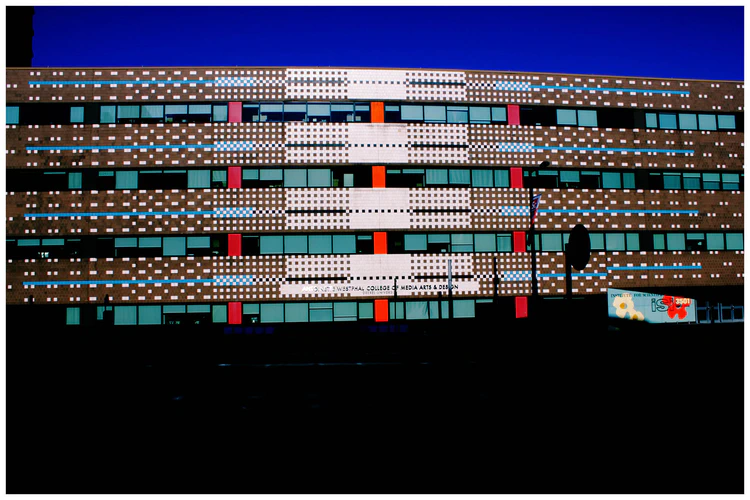Armin Darvish
Science and Engineering | Programming | Biotechnology
Molecular Sensing | Nanopores | Nanosensors
"As for the future, your task is not to foresee it, but to enable it"
~ Antoine de Saint-Exupéry
Biography
I received my PhD in biomedical engineering from Drexel University in 2016, where I studied solid state nanopores as biosensors for novel applications including nucleic acid detection, protein characterization, and sensing/characterization of viruses. Since then, I have worked for multiple companies with a focus on developing integrated biosensing platforms for applications such as molecular diagnostics and DNA sequencing.
I have a broad background in multidisciplinary science and technology, with several years of experience in single-molecule biosensing platforms. In the various projects I have been involved with, I gained hands-on experience in materials science, process engineering, micro/nanofabrication, signal and image processing, multiphysics modeling, experimental design, statistical data analysis, machine learning, data science, and bioinformatics as well as molecular biochemistry. I have also had the opportunity to learn personal and project management skills from working with great inspiring teams both in academia and the industry.
Download my resumé .
- Nanosensors
- Bioelectronics
- Single Molecule Biophysics
- Signal | Image Processing
- Genomics
- Proteomics
- Data Science
- Bioinformatics
- Computer Science
PhD in Biomedical Engineering, 2016
Drexel University, Philadelphia, PA
MSc Biomedical Engineering, 2012
Drexel University, Philadelphia, PA
BSc Biomedical Engineering, 2010
Amirkabir University of Technology (Tehran Polytechnic), Tehran, Iran
Experience
Skills
Projects
Featured Publications

Enveloped viruses fuse with cells to transfer their genetic materials and infect the host cell. Fusion requires deformation of both viral and cellular membranes. Since the rigidity of viral membrane is a key factor in their infectivity, studying the rigidity of viral particles is of great significance in understating viral infection. In this paper, a nanopore is used as a single molecule sensor to characterize the deformation of pseudo-type human immunodeficiency virus type 1 at sub-micron scale. Non-infective immature viruses were found to be more rigid than infective mature viruses. In addition, the effects of cholesterol and membrane proteins on the mechanical properties of mature viruses were investigated by chemically modifying the membranes. Furthermore, the deformability of single virus particles was analyzed through a recapturing technique, where the same virus was analyzed twice. The findings demonstrate the ability of nanopore resistive pulse sensing to characterize the deformation of a single virus as opposed to average ensemble measurements.

This thesis lays the groundwork to develop novel enabling technologies based on nanopore resistive pulse sensing for characterization of vesicles’ elastic properties at nanoscale. Our data suggests that such platform can offer significant advantages over current state-of-the-art systems particularly in terms of throughput, costs and operability.
Patents & Publications
Recent Posts
Contact
- contact@armindarvish.com
- 384 Santa Trinita Ave., Sunnyvale, CA 94085


























































